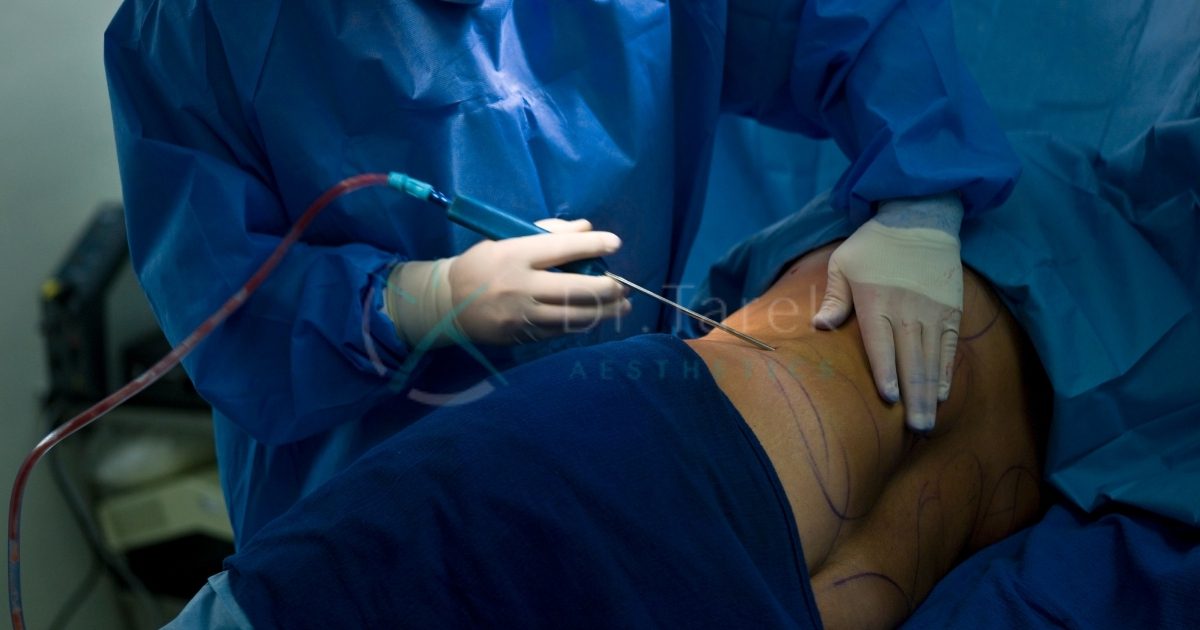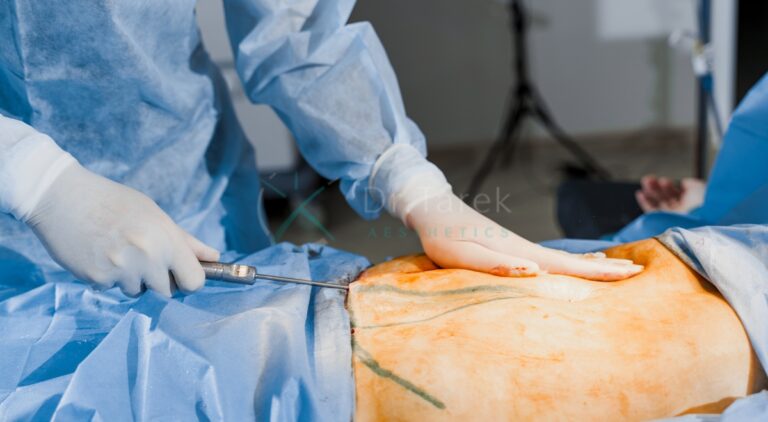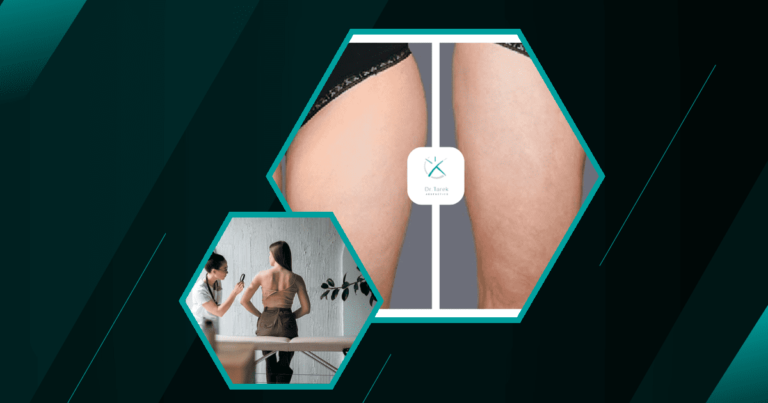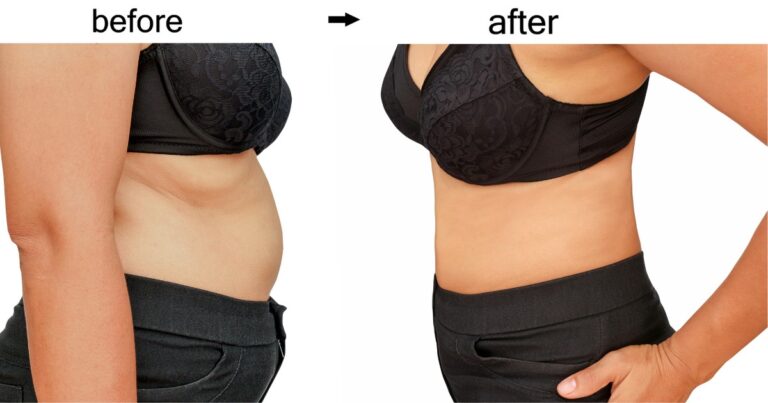Liposuction is a popular cosmetic procedure aimed at removing excess fat from specific areas of the body. However, like any surgical procedure, it comes with potential side effects. Understanding these side effects can help you make an informed decision.
Common temporary side effects
Temporary side effects are those that typically resolve within a few weeks to months after the procedure. These are generally mild and manageable with proper care.
- Bruising and swelling: These are the most common side effects and usually subside within a few weeks.
- Numbness and changes in sensation: Temporary numbness or tingling in the treated area is also common.
- Pain and discomfort: Mild to moderate pain can be expected, which is usually managed with prescribed painkillers.
Risks associated with anesthesia
Anesthesia is a crucial part of the liposuction procedure, but it also carries its own set of risks.
- Allergic reactions: Some patients may have allergic reactions to the anesthesia used.
- Respiratory issues: Anesthesia can sometimes cause breathing difficulties.
- Nausea and vomiting : These are common but usually temporary side effects of anesthesia.
What is the liposuction procedure?
To fully grasp the potential side effects, it’s essential to understand the liposuction procedure itself. This includes the types of techniques used, the areas of the body treated, and who is a good candidate for the procedure.
Body Contouring in Dubai helps people change their body shape
Body Contouring can make you look slimmer and more toned
Book A Consultation With Dr Tarek Bayazid
Top-rated Plastic Surgeon For Liposuction in Dubai
Installment Plan Available
Types of liposuction techniques
There are several techniques used in liposuction, each with its own set of benefits and risks.
- Tumescent liposuction : This is the most common technique, involving the injection of a saline solution to facilitate fat removal.
- Ultrasound-assisted liposuction (UAL) : This technique uses ultrasound waves to liquefy fat before removal.
- Laser-assisted liposuction (LAL) : Laser energy is used to melt fat, making it easier to remove.
Areas of the body treated
Liposuction can be performed on various parts of the body, each with its own set of considerations.
- Abdomen and waist : These are the most commonly treated areas.
- Thighs and hips : These areas are also popular for liposuction.
- Arms and back : Less common but still frequently treated areas.
Candidacy for liposuction
Not everyone is a good candidate for liposuction. Certain factors can make the procedure more or less suitable for you.
- Overall health : Good general health is crucial for a successful outcome.
- Skin elasticity : Better skin elasticity can lead to more favorable results.
- Realistic expectations : Understanding what liposuction can and cannot achieve is essential.
Recovery and downtime after liposuction
Recovery is a critical phase that can significantly impact the final results of your liposuction procedure. Proper post-operative care and understanding the timeline for recovery can help you manage expectations.
Post-operative care instructions
Following your surgeon’s post-operative care instructions is crucial for a smooth recovery.
- Wear compression garments : These help reduce swelling and support the treated areas.
- Avoid strenuous activities : Physical exertion can exacerbate swelling and delay healing.
- Follow medication guidelines : Take prescribed medications as directed to manage pain and prevent infection.
Timeline for returning to normal activities
Understanding the timeline for recovery can help you plan your activities and manage your expectations.
- First week : Expect significant swelling and bruising. Rest is crucial.
- Second to fourth week : Gradual return to light activities is possible.
- After one month : Most patients can resume normal activities, but strenuous exercise should still be avoided.
Managing pain and discomfort
Pain and discomfort are common but manageable aspects of the recovery process.
- Pain medication : Over-the-counter or prescribed painkillers can help manage pain.
- Cold compresses : Applying cold compresses can reduce swelling and discomfort.
- Elevate treated areas : Keeping the treated areas elevated can help reduce swelling.
Minimizing risks and side effects 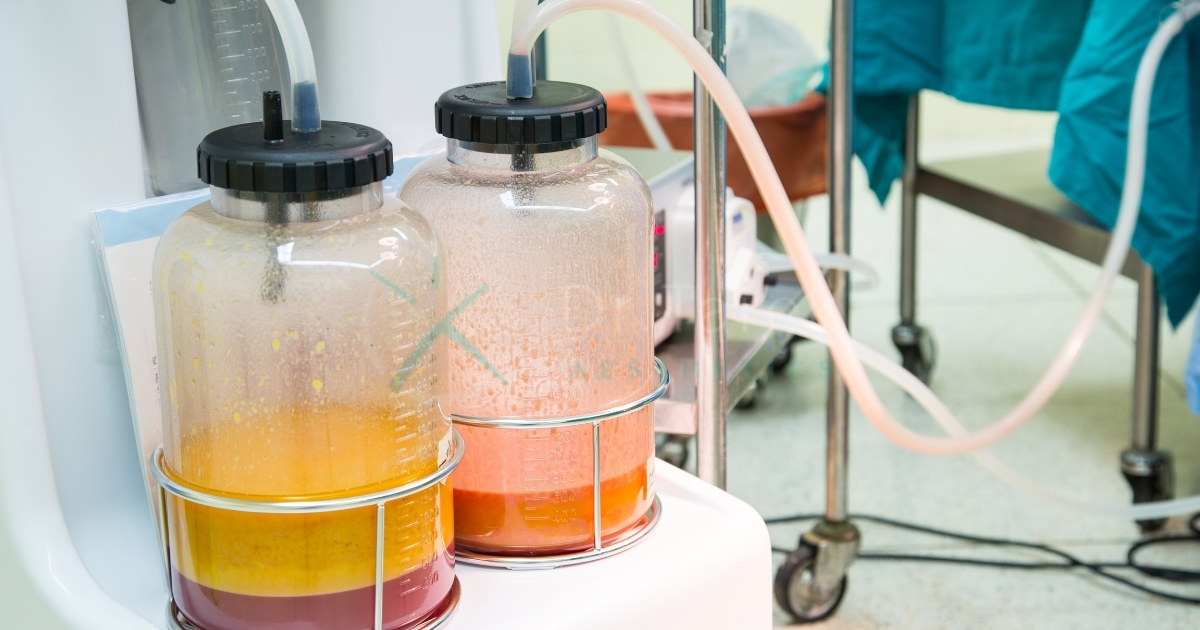
Minimizing the risks and side effects of liposuction involves careful planning and following specific guidelines. Choosing a qualified surgeon and preparing adequately for the procedure are crucial steps.
Choosing a qualified surgeon
The skill and experience of your surgeon play a significant role in minimizing risks.
- Board certification : Ensure your surgeon is board-certified in plastic surgery.
- Experience : Look for a surgeon with extensive experience in liposuction.
- Patient reviews : Read reviews and testimonials from previous patients.
Preparing for the procedure
Proper preparation can help minimize risks and ensure a smoother recovery.
- Medical evaluation : Undergo a thorough medical evaluation to ensure you’re a good candidate.
- Pre-operative instructions : Follow all pre-operative instructions provided by your surgeon.
- Lifestyle adjustments : Make necessary lifestyle changes, such as quitting smoking, to improve your recovery.
Following pre and post-operative guidelines
Adhering to your surgeon’s guidelines can significantly impact your recovery and final results.
- Pre-operative guidelines : Follow dietary and medication guidelines before the procedure.
- Post-operative care : Adhere to all post-operative care instructions to minimize complications.
- Regular follow-ups : Attend all scheduled follow-up appointments to monitor your progress.
Long-term results and maintenance
Achieving and maintaining the desired results from liposuction requires ongoing effort and lifestyle changes. Understanding the expected outcomes and how to keep them is crucial.
Expected outcomes
Knowing what to expect can help you set realistic goals and manage your expectations.
- Immediate results : Some improvement is visible immediately after the procedure.
- Final results : It can take several months for the final results to become apparent.
- Longevity : Results can be long-lasting with proper maintenance.
Maintaining results through lifestyle changes
Lifestyle changes are essential for maintaining the results of your liposuction procedure.
- Healthy diet : A balanced diet can help maintain your new body shape.
- Regular exercise : Physical activity is crucial for long-term maintenance.
- Avoid weight fluctuations : Significant weight changes can affect the results.
Potential need for touch-up procedures
In some cases, additional procedures may be needed to achieve the desired results.
- Minor touch-ups : Small adjustments can enhance the final outcome.
- Additional liposuction : In some cases, additional liposuction may be required.
- Non-surgical treatments : Non-invasive treatments can also help maintain results.
What are the most common side effects of liposuction
Understanding the most common side effects can help you prepare for the recovery process and manage your expectations.
Bruising and swelling
Bruising and swelling are almost inevitable after liposuction but are usually temporary.
- Duration : These side effects typically last for a few weeks.
- Management : Compression garments and cold compresses can help reduce swelling.
- Severity : The extent of bruising and swelling varies from person to person.
Numbness and changes in sensation
Temporary numbness or changes in sensation are common but usually resolve over time.
- Duration : These side effects can last for several weeks to months.
- Management : Gentle massage and avoiding tight clothing can help.
- Severity : The extent of numbness varies depending on the area treated.
Contour irregularities
Contour irregularities can occur if fat removal is uneven, leading to lumpy or wavy skin.
- Duration : These can be long-lasting if not corrected.
- Management : Additional procedures may be needed to correct irregularities.
- Severity : The extent of irregularities depends on the skill of the surgeon.
How long do side effects of liposuction last
The duration of side effects can vary depending on several factors, including the area treated and the individual’s healing process.
Short-term side effects duration
Short-term side effects are those that typically resolve within a few weeks to months.
- Bruising : Usually subsides within 2-3 weeks.
- Swelling : Can last for several weeks to a few months.
- Pain : Generally manageable within the first week.
Long-term side effects timeline
Long-term side effects are less common but can last for several months to years.
- Numbness : Can last for several months but usually resolves.
- Contour irregularities : May require additional procedures to correct.
- Skin discoloration : Can be long-lasting but often fades over time.
Factors affecting recovery time
Several factors can influence how quickly you recover from liposuction.
- Age : Younger patients tend to recover faster.
- Overall health : Good general health can speed up recovery.
- Area treated : Some areas may take longer to heal than others.
How can I reduce the risk of side effects from liposuction 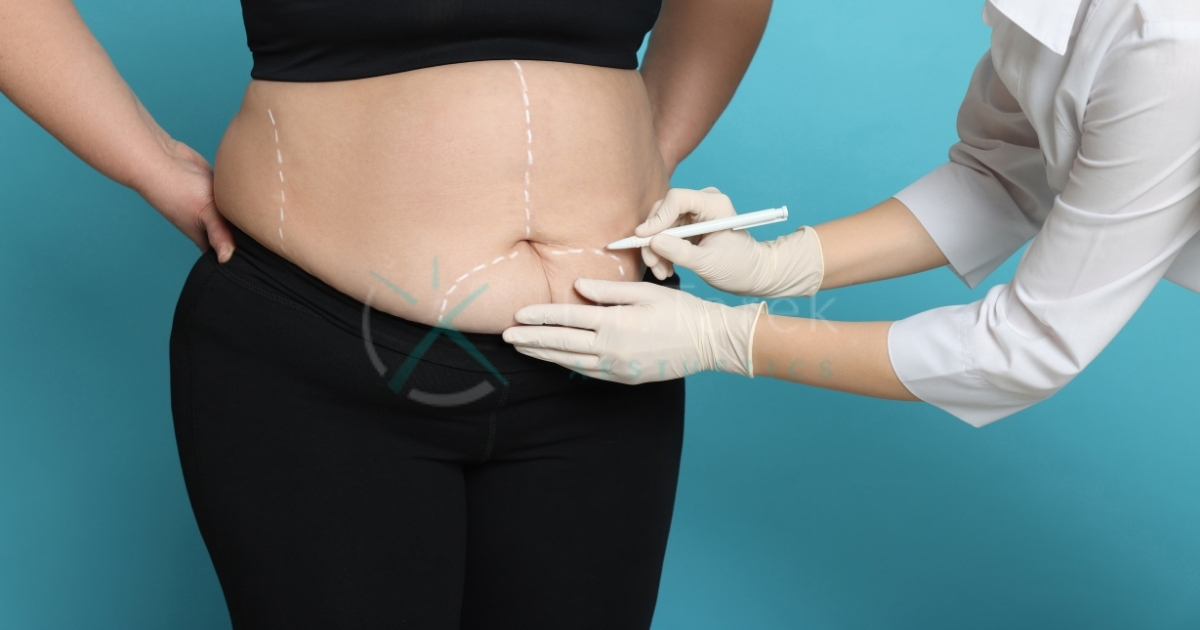
Reducing the risk of side effects involves careful planning and following specific guidelines. Pre-operative preparation and post-operative care are crucial.
Pre-operative preparation tips
Proper preparation can help minimize risks and ensure a smoother recovery.
- Medical evaluation : Undergo a thorough medical evaluation to ensure you’re a good candidate.
- Pre-operative instructions : Follow all pre-operative instructions provided by your surgeon.
- Lifestyle adjustments : Make necessary lifestyle changes, such as quitting smoking, to improve your recovery.
Post-operative care strategies
Following your surgeon’s post-operative care instructions is crucial for a smooth recovery.
- Wear compression garments : These help reduce swelling and support the treated areas.
- Avoid strenuous activities : Physical exertion can exacerbate swelling and delay healing.
- Follow medication guidelines : Take prescribed medications as directed to manage pain and prevent infection.
Lifestyle adjustments for optimal healing
Lifestyle changes are essential for maintaining the results of your liposuction procedure.
- Healthy diet : A balanced diet can help maintain your new body shape.
- Regular exercise : Physical activity is crucial for long-term maintenance.
- Avoid weight fluctuations : Significant weight changes can affect the results.
FAQs
What are the most common side effects of liposuction?
The most common side effects of liposuction include bruising, swelling, and numbness. These side effects are usually temporary and resolve within a few weeks to months. Pain and discomfort are also common but can be managed with prescribed medications.
How long do the side effects of liposuction last?
The duration of side effects varies depending on the individual and the area treated. Short-term side effects like bruising and swelling typically last for a few weeks. Long-term side effects, such as numbness, can last for several months but usually resolve over time.
Can liposuction cause serious complications?
While serious complications are rare, they can occur. These include infections, blood clots, and organ damage. Proper patient screening and choosing a qualified surgeon can significantly reduce the risk of serious complications.
Is liposuction safe for all body types?
Liposuction is not suitable for everyone. Factors like BMI, skin elasticity, and age can affect the safety and effectiveness of the procedure. A thorough medical evaluation is essential to determine if you are a good candidate for liposuction.
How can I reduce the risk of side effects from liposuction?
Reducing the risk of side effects involves careful planning and following specific guidelines. Pre-operative preparation, such as undergoing a medical evaluation and making lifestyle adjustments, is crucial. Post-operative care, including wearing compression garments and avoiding strenuous activities, can also help minimize risks.
Stats:
- According to the American Society of Plastic Surgeons, liposuction was the second most popular cosmetic surgical procedure in 2020, with 211,067 procedures performed. (Source: https://www.plasticsurgery.org/news/plastic-surgery-statistics )
